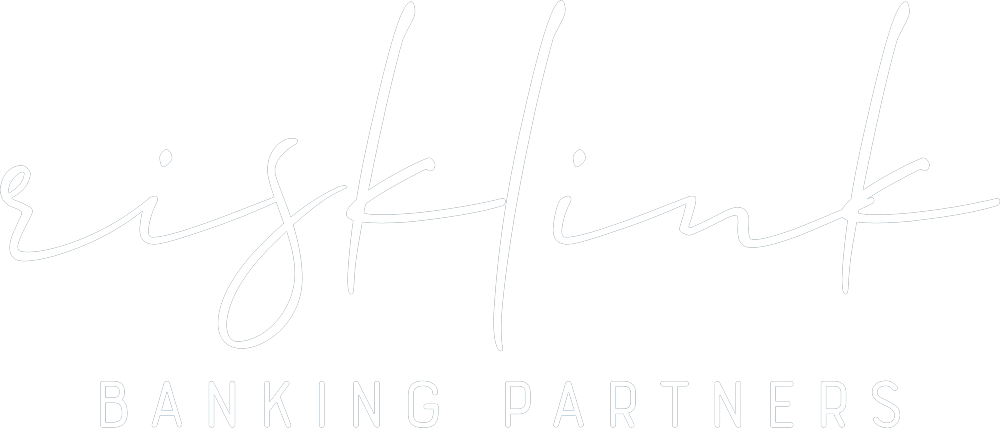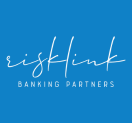Selecting the right bank for a high-risk merchant bank account is crucial for businesses operating in industries such as gaming, cryptocurrency, or adult entertainment. These sectors face unique challenges and are often deemed high-risk by traditional banks due to increased regulatory scrutiny and the potential for financial crimes. Here’s a detailed step-by-step guide to help you choose the right bank for your high-risk business needs in the UK.
Identify Your Specific Needs
Evaluate the specific needs of your business, including transaction volume, international payments, and industry-specific requirements. Consider whether you need multi-currency accounts, high transaction limits, or specialized merchant services.
Research Banks that Accept High-Risk Businesses
Start by listing banks known for working with high-risk sectors. These banks usually advertise their services on their websites or through industry forums and publications. Prioritize banks that publicly acknowledge their expertise in handling high-risk accounts.
Check for Specialised Experience
Examine the bank’s history and track record in your industry. A bank with experience in handling accounts for your industry will be more adept at navigating the regulatory and logistical challenges specific to your field.
Evaluate the Bank’s Regulatory Compliance
Ensure the bank has robust compliance measures in place. This is crucial for staying on top of UK and international financial regulations. A good bank should help you navigate complex regulatory waters without exposing you to compliance risks.
Review Security Measures
Investigate the bank’s security infrastructure. Ensure they have state-of-the-art fraud detection systems, secure online banking platforms, and proactive monitoring services that can safeguard your transactions.
Understand the Fee Structure
Analyze the fee structure carefully. High-risk accounts often incur higher fees for processing payments, managing chargebacks, or maintaining the account. Ensure these fees are justified by the services provided and that there are no hidden charges.
Assess the Bank’s Reputation
Look for client testimonials and third-party reviews to assess the bank’s reliability and customer service quality. A reputable bank should have predominantly positive reviews and a strong standing in the financial community.
Prepare for Enhanced Due Diligence
Collect all necessary documentation in advance. This includes business licenses, financial statements, proof of compliance with industry standards, and detailed business plans. Being well-prepared can simplify the due diligence process.
Negotiate Terms
Discuss your business needs and expectations with the bank. Focus on negotiating terms that offer flexibility, such as tailored transaction limits or specialized services that align with your business operations.
Plan for Long-Term Relationships
Consider the bank’s willingness to support your business growth over time. Choose a bank that demonstrates a commitment to their clients’ long-term success and offers scalability in services as your business grows.
Regulatory Landscape
High-risk businesses in the UK must navigate a stringent regulatory environment, especially concerning anti-money laundering (AML) and customer due diligence (CDD). These businesses are subject to enhanced due diligence processes under the UK Money Laundering Regulations. It’s crucial that your chosen bank can handle these obligations effectively to prevent any compliance issues.
For businesses classified as high-risk, finding a suitable banking partner can be a daunting task. Services like Risk Link streamline this process through a structured approach that enhances the chances of securing a suitable bank. Here’s how Risk Link works in more detail:
- Initial Client Contact: The process begins when a client reaches out to Risk Link. This initial contact is the first step towards finding a suitable banking solution tailored to the client’s specific needs.
- Non-Disclosure Agreement (NDA): To ensure confidentiality and peace of mind for the client, Risk Link provides a Non-Disclosure Agreement. This protects sensitive information the client shares during the consulting process.
- Contract and Fee Collection: After agreeing to the terms of service, a contract is sent to the client. Risk Link collects half of the fee upfront. This fee arrangement underlines the commitment on both sides—Risk Link’s to find a suitable bank and the client’s to proceed with the service.
- Refund Policy: In the event that Risk Link cannot find a suitable banking partner, they refund the collected fee, provided that the client has given accurate and truthful information. This policy ensures fairness and trust in the service.
- Gathering Information: Risk Link then requests detailed information and documentation about the business, including insights about the directors, shareholders, and Ultimate Beneficial Owners (UBOs). This comprehensive data collection is crucial for accurately matching the client with appropriate banks.
- Bank Matching: Based on the collected information, Risk Link determines which bank would best suit the client’s needs. The client is then presented with several options, allowing them to make an informed decision about which bank to proceed with.
- Referral and Due Diligence: Once a bank is chosen, the client is referred to that bank, which then conducts its own due diligence process. This step is vital for the bank to confirm the legitimacy and risk profile of the client.
- Final Fee Collection and Handover: Upon approval of the client by the bank, Risk Link collects the remaining fee. At this point, direct communication is established between the bank and the client, and Risk Link steps back.
This detailed and client-focused approach not only helps high-risk businesses find a compatible banking partner but also ensures that they do so in a secure, confidential, and efficient manner.
Frequently Asked Questions
- What factors classify a business as ‘high-risk’ in the UK banking sector? Factors include high chargeback rates, industry volatility, legal restrictions, and frequent regulatory changes.
- Can high-risk businesses obtain services from major UK banks? While it’s challenging, some major banks may offer services tailored to specific high-risk sectors, but specialised financial institutions are typically more accommodating.
By following these detailed steps, you can find a bank that not only accepts high-risk businesses but also offers the right services and support to help your business thrive in a competitive and regulatory complex environment.






